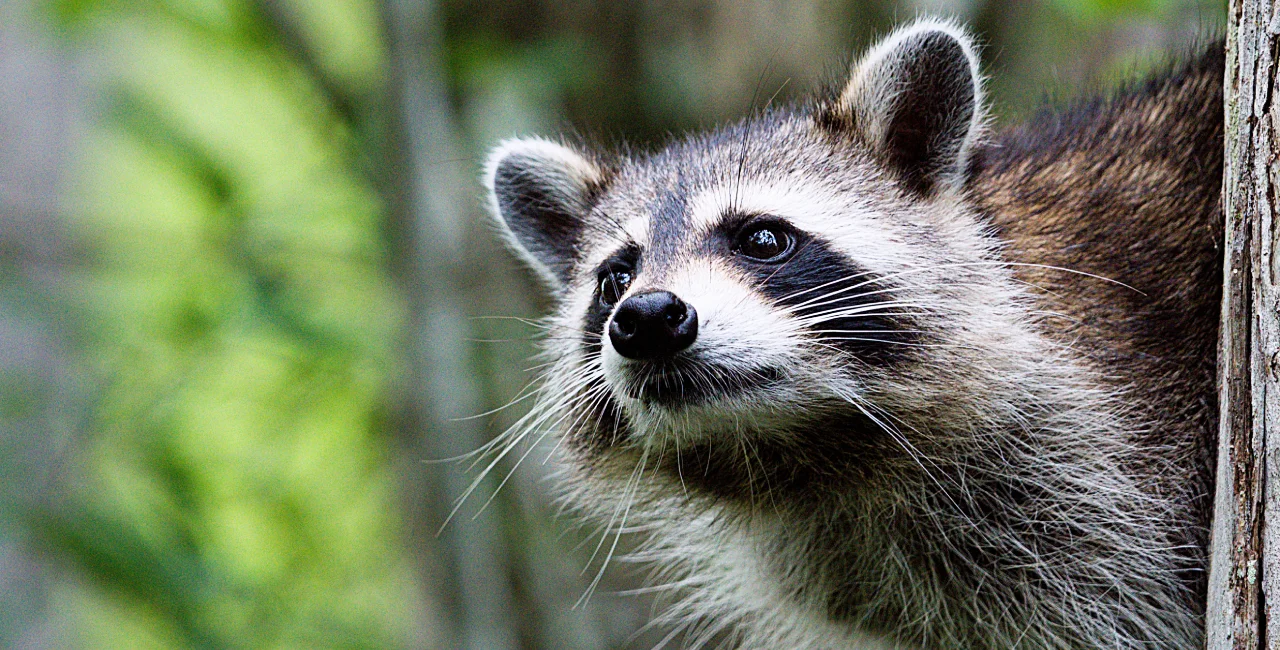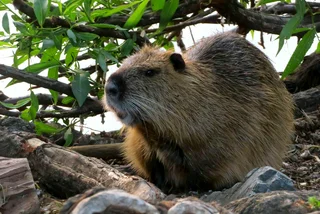Once viewed as a rarity in Czech forests, raccoons have become a growing concern for scientists monitoring invasive species. First imported from North America in the 1930s for fur farming, raccoons have now established robust wild populations across Moravia and western Bohemia.
Their rapid spread and voracious appetite for native species are raising alarms similar to those once sounded about the nutria, another American mammal that has already disrupted ecosystems in Czechia.
Now, a team from Mendel University in Brno is leading one of the first comprehensive efforts in Europe to map the environmental damage caused by these animals. Early findings suggest raccoons are not only widespread but also highly intelligent predators, capable of navigating complex environments and preying on species that are already endangered or under pressure.
Tracking the spread of raccoons in Czechia
Unlike nutria, which are largely confined to urban waterways, raccoons are thriving deep in forests and even military zones. Research conducted in two hotspots—Chropyňský luh in central Moravia and the Doupov Mountains in Karlovy Vary region—has shown that raccoons can travel up to 10 kilometers from their dens, appearing in both rural and urban areas.

Using GPS collars and motion-activated cameras, researchers have observed raccoons raiding ground-level bird nests, eating amphibians, and even opening traps set to capture them. In one documented case, a raccoon not only escaped from a trap but managed to remove bait without triggering the mechanism.
“With a certain degree of exaggeration, we can talk about signs of intelligence,” researcher Ondřej Mikulka told Novinky.cz.
Mikulka and his team found that raccoons were often second only to wild boars in predating on quail eggs left in artificial nests. “What surprised us was the speed with which raccoons located the nests compared to native predators,” he noted.
This behavior indicates that raccoons may be more efficient hunters than previously believed, giving them a competitive edge over native species.
The team also observed raccoons inhabiting the Březina military training area near Vyškov and surrounding forests, suggesting their presence even in areas with limited human activity. These animals’ adaptability, climbing abilities, and lack of natural predators in Europe make them particularly difficult to control.
Policy gaps and ecological consequences
Despite their increasing numbers, raccoons remain largely unregulated. The Czech Ministry of the Environment and the Ministry of Agriculture currently leave raccoon population control to hunters year-round. However, experts say this decentralized approach is ineffective against a species so widespread and elusive.
“There is no unified national strategy yet,” Mikulka emphasized, warning that without coordinated efforts, raccoons could soon become a permanent fixture of Czech landscapes—much like nutria, which have been causing problems in Prague for years.
Nutria, also imported from the Americas for fur, are now well established in urban waterways, and have even become popular among tourists in central Prague. They contribute to riverbank erosion, displace native species, and carry diseases transmissible to humans.
While nutria tend to cluster in visible urban settings such as the Vltava riverbanks—making them easier targets for management—raccoons pose a more complex threat. Their ability to live in forests, suburbs, and even city centers, combined with their varied diet, means their ecological impact is broader and harder to track.
Adding to the challenge is public perception. Much like nutria, raccoons are often seen as cute and harmless. However, wildlife experts urge people not to be fooled by their appearance. Raccoons are opportunistic predators and scavengers whose presence can have far-reaching impacts on biodiversity.
Mendel University’s study is expected to conclude next year and may form the basis for future policy decisions. Until then, conservationists are calling for greater awareness and targeted control strategies to prevent the raccoon from becoming as entrenched—and as damaging—as the nutria.












 Reading time: 3 minutes
Reading time: 3 minutes 
























